On ev and ve-Degree Based Topological Indices of Silicon Carbides
Jung Rye Lee,Aたab Hussain,Asfand Fahad,Ali Raza,Muhammad Imran Qureshi,★,Abid Mahboob and Choonkil Park
1Department of Data Science,Daejin University,Kyunggi,11159,Korea
2Department of Mathematics,King Abdulaziz University,Jeddah,21589,Saudi Arabia
3Department of Mathematics,COMSATS University Islamabad,Vehari,61110,Pakistan
4Department of Mathematics,Division of Science&Technology,University of Education,Lahore,Pakistan
5Research Institute for Natural Sciences,Hanyang University,Seoul,04763,Korea
ABSTRACT In quantitative structure-property relationship (QSPR)and quantitative structure-activity relationship (QSAR)studies,computation of topological indices is a vital tool to predict biochemical and physio-chemical properties of chemical structures.Numerous topological indices have been inaugurated to describe different topological features.The ev and ve-degree are recently introduced novelties,having stronger prediction ability.In this article,we derive formulae of the ev-degree and ve-degree based topological indices for chemical structure of Si2C3 −I[a,b].
KEYWORDS Topological indices; silicon carbide; ev-degree; ve-degree
1 Introduction
Researchers have found applications of graph theory and topological models in various scientific research fields during last decades.Theoretical physics,toxicology,computer sciences,pharmacology,pharmaceutical chemistry,engineering and architecture are diverse areas utilizing graph theory and models to make numerous improvements in existing scientific literature[1-4].Consequently,the collaboration of chemistry and graph theory leads towards foundation of extensive research work.Topological indices (TIs)are result of this alliance,which are numeric parameters used to describe characteristics of molecular graphs of chemical compounds and help in quantitative structure-property relationship (QSPR)and quantitative structure-activity relationship (QSAR),see [5-7].
TIs assist in the course of investigation and prediction of the physio-chemical and biochemical properties,i.e.,dipole moment,charge density,stability,melting and boiling points,inter-molecular forces and bond lengths,without laboratory experiments,which reduces consumption of time and cost [1,8-12].Randíc index,Zagreb index,atom-bond connectivity index,geometric index,harmonic index,etc.[13-19] are some well-known TIs.Recently,Chellali et al.[20] introduced two new degree novel approaches in graph theory,known as ev-degree and ve-degree.Mathematical concepts related to ve-degree and ev-degree are also discussed by Horoldagva et al.[21].Randíc and Zagreb indices are calculated in [22-24] using ev-degree and ve-degree concepts and found that predicting power of ve-degree Zagreb index is stronger than that of classic Zagreb index.
Silicon,the second most abundant element on earth,has unique physical and chemical properties due to its semi-conductance and nontoxic nature.Silicon carbides has diverse industrial applications because of thermal and chemical stability,high erosion resistance,high melting point,non oxidizing behavior [25-27].These characteristics and low cost production techniques give superiority to silicon carbides over other semi conductors.Different metal components used in digital gadgets are replaced by silicon carbides due to its power saving property [28,29].These are widely used in wind turbines,electrical vehicles,solar cells along with different high radiation and temperature tolerant applications.
The main objective of the article is to derive formulae to calculate the ev-degree and ve-degree based TIs forSi2C3−I[a,b] and study the behavior of the obtained results through mathematical tools.
2 Preliminaries
LetG(V,E)be a graph withVvertex set andEedge set.The degree of a vertexνis the number of edges incident toν.Two vertices in a graph are said to be adjacent if these are connected with each other by an edge.Open neighborhood of a vertexν,denoted byN(ν)is the set of vertices adjacent toνand if we includeνitself,then set is called closed neighborhood ofν,denoted byN[ν].The ev-degree of an edgee=νμis the number of vertices in union of closed neighborhood sets ofνandμ,denoted bydev(e)and number of edges incident to different vertices in closed neighborhood ofνis ve-degree of a vertexν,denoted bydve(ν).Some recent results on the ev-degree and ve-degree based topological indices can be seen in [30].The definitions of ev-degree and ve-degree based versions of some topological indices are the following:
The first ve-degree based Zagreb alpha index is as follows:

The first ve-degree based Zagreb beta index is defined as:

The second ve-degree based Zagreb index is given by the formula:

The ve-degree based Randíc index is as follows:

The ev-degree based Randíc index is defined as:

The ve-degree based atom-bond connectivity index is given by the formula:

The ve-degree based geometric-arithmetic index is as follows:

The ve-degree based harmonic index is defined as:

The ve-degree based sum-connectivity index is given by the formula:

We compute these indices by using the vertex partition strategy,the edge partition techniques,expository strategies,sum of degrees of neighboring techniques,degree checking and combinatorial techniques.We use Matlab and Maple for some calculations and verification purpose.
3 The ev and ve Degree Based Indices
Consider the two dimensional molecular structure ofSi2C3−I[a,b] as shown in Fig.1 havingbrows andanumber of unit cells in each row.Before proceeding further,we include the following tables which will be used to achieve our results.In Table 1,the total number of vertices and edges are given for our molecular structure having b rows and a number of unit cells in each row.The Table 2 gives the partition of vertex set on the basis of degree of vertices.

Table 1:Frequency of vertex and edges of Si2C3 −I[a,b]

Table 2:Vertex degree of Si2C3 −I[a,b] with corresponding frequency
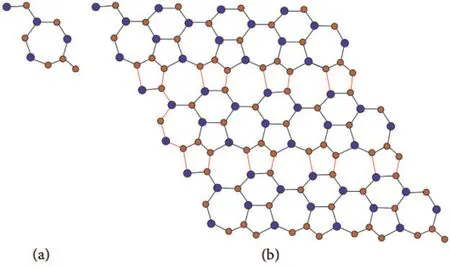
Figure 1:The unit cell and Si2C3 −I [3,4],respectively
4 Main Results
• The ev-degree based Zagreb index
To compute the ev-degree based Zagreb index ofSi2C3−I[a,b],we use ev-degree based edges frequency given in Table 3:

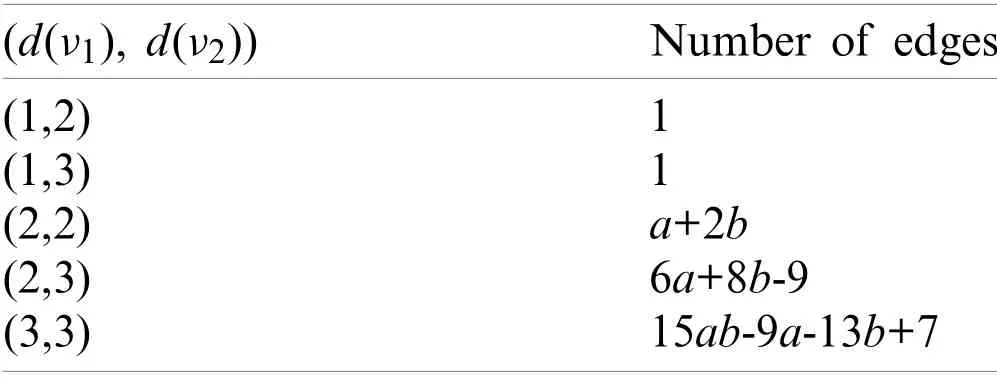
Table 3:Number of edges of Si2C3 −I[a, b]
• The first ve-degree based Zagreb Alpha index
To compute the first ve-degree based zagreb alpha index ofSi2C3−I[a,b],we use ve-degrees given in Table 4 of vertices partition:


Table 4:Ve-degrees of vertices of Si2C3 −I[a,b] with corresponding frequency
• The first ve-degree based Zagreb Beta index
To compute first ve-degree based Zagreb beta index ofSi2C3−I[a,b],we use ve-degrees of end vertices of each edge given in Table 5:
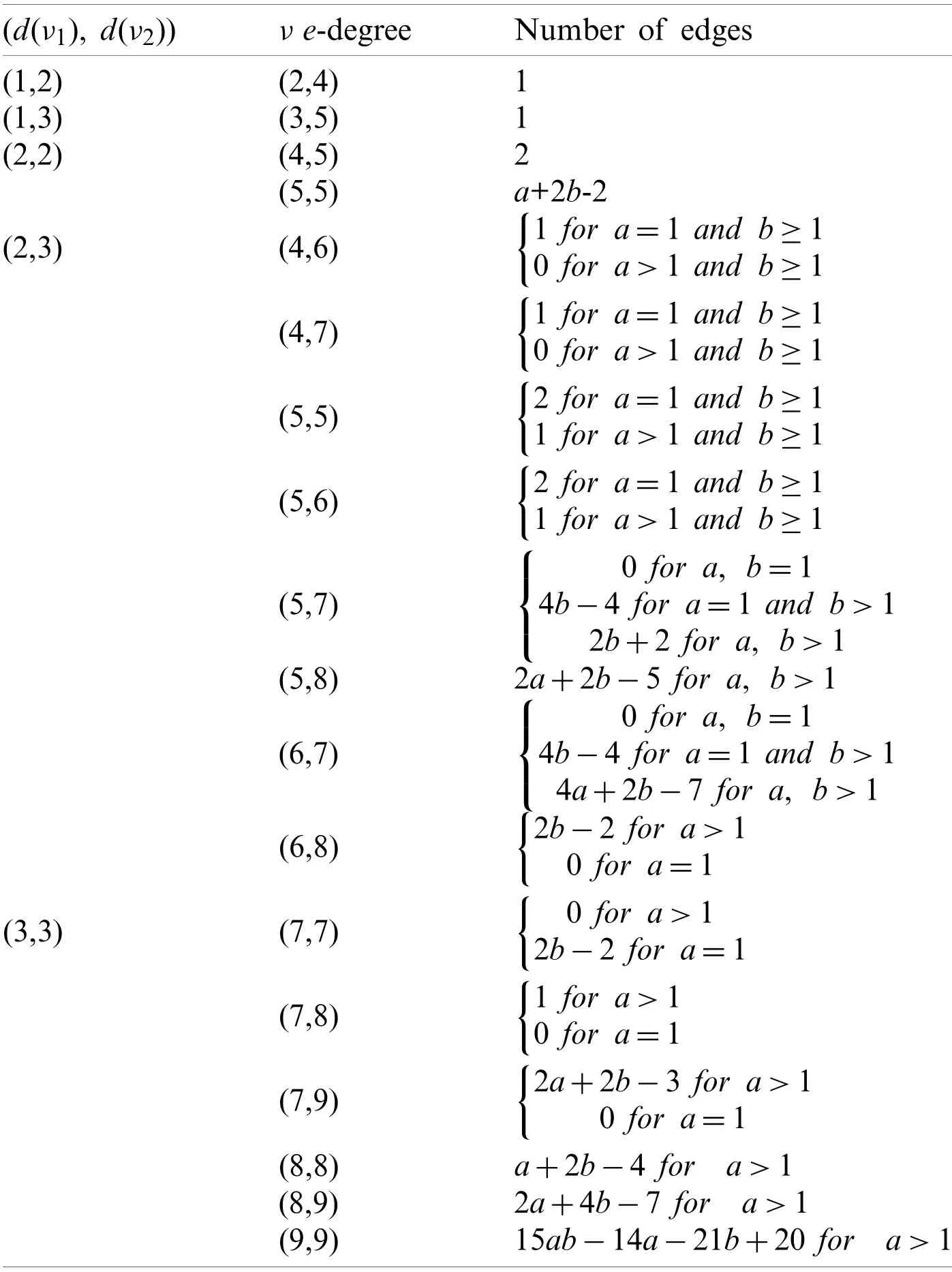
Table 5:Ve-degrees of end vertices of each edge of Si2C3 −I[a, b]

• The second ve-degree based Zagreb index
To compute the second ve-degree based Zagreb index ofSi2C3−I[a,b],we use ve-degrees of end vertices of each edge given in Table 5:


• The ve-degree based Randíc index
To compute the ve-degree based Randíc index ofSi2C3−I[a,b],we use ve-degrees of end vertices of each edge with corresponding frequency as given in Table 5:
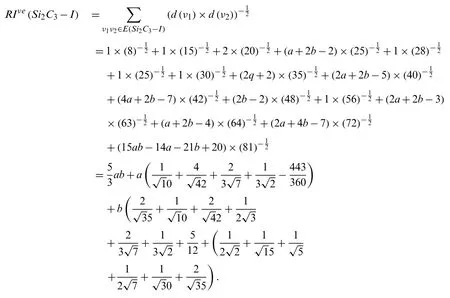
• The ev-degree based Randíc index
To compute the ev-degree based Randíc index ofSi2C3−I[a,b],we use ev-degree based edge partition with corresponding frequency given in Table 6:

Table 6:Frequency of edges with ev-degrees of Si2C3 −I[a, b]

• The ve-degree based atom-bond connectivity index
To compute the ve-degree based atom-bond connectivity index ofSi2C3−I[a,b],we use vedegrees of end vertices of each edge with corresponding frequency as given in Table 5:
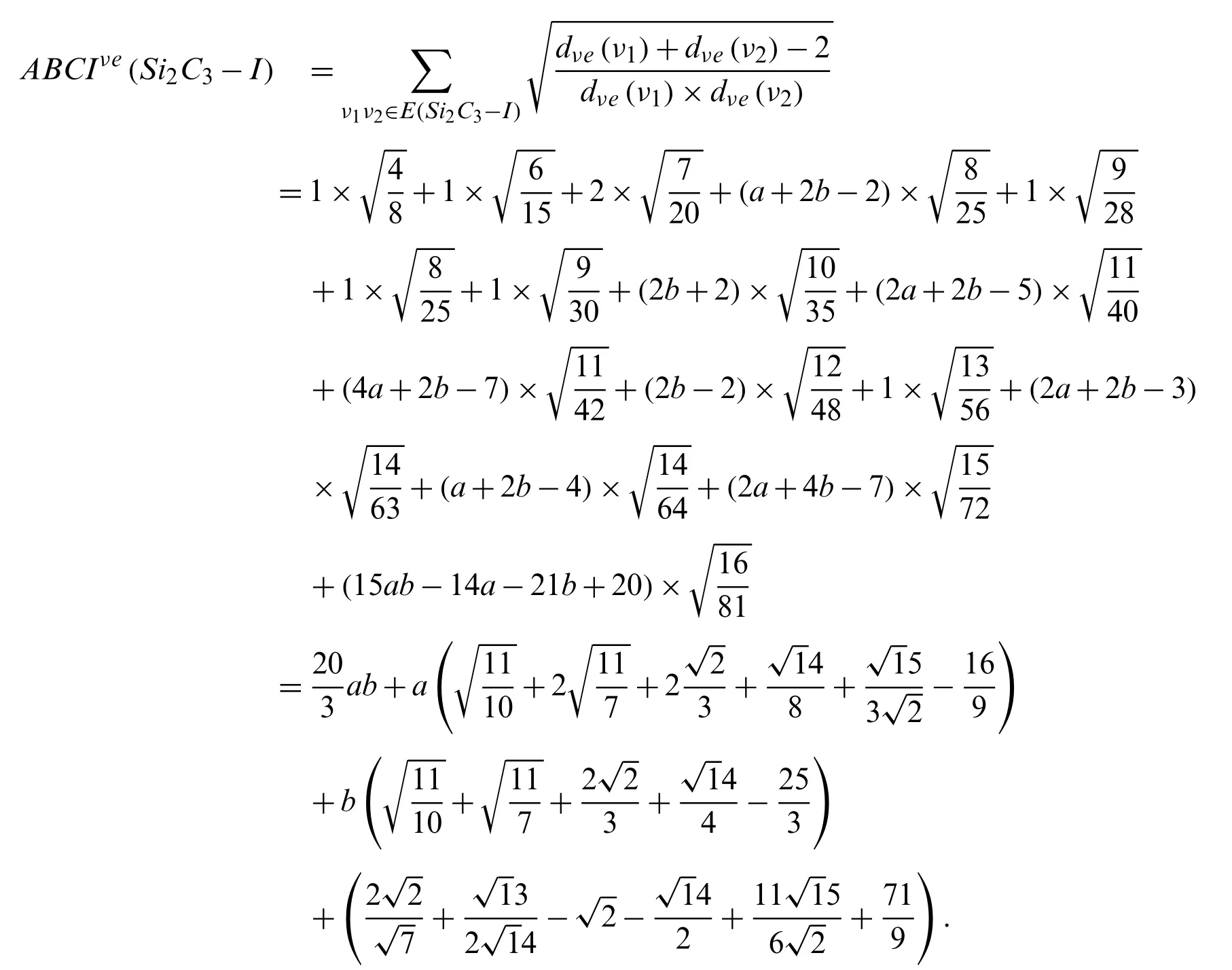
• The ve-degree based geometric-arithmetic index
To compute the ve-degree based geometric-arithmetic index ofSi2C3−I[a,b],we use vedegrees of end vertices of each edge with corresponding frequency as given in Table 5:

• The ve-degree based harmonic index
To compute the ve-degree based harmonic index ofSi2C3−I[a,b],we use ve-degrees of end vertices of each edge with corresponding frequency as given in Table 5:

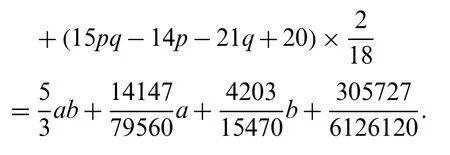
• The ve-degree based sum-connectivity index
To compute the ve-degree based sum-connectivity index ofSi2C3−I[a,b],we use ve-degrees of end vertices of each edge with corresponding frequency as given in Table 5:

5 Graphical Analysis
In this section,we present the graphical analysis of the computed topological indices forSi2C3−I[a,b],see Figs.2-6 which indicate that,numerical values of these descriptors increase with the increment ofaandbin the given molecular structure.
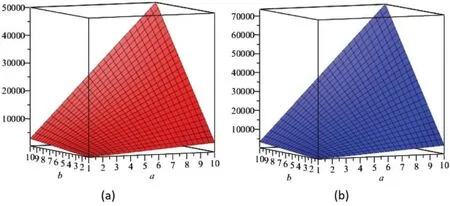
Figure 2:(a)The ev-degree based Zagreb index,(b)The first ve-degree based Zagreb α index
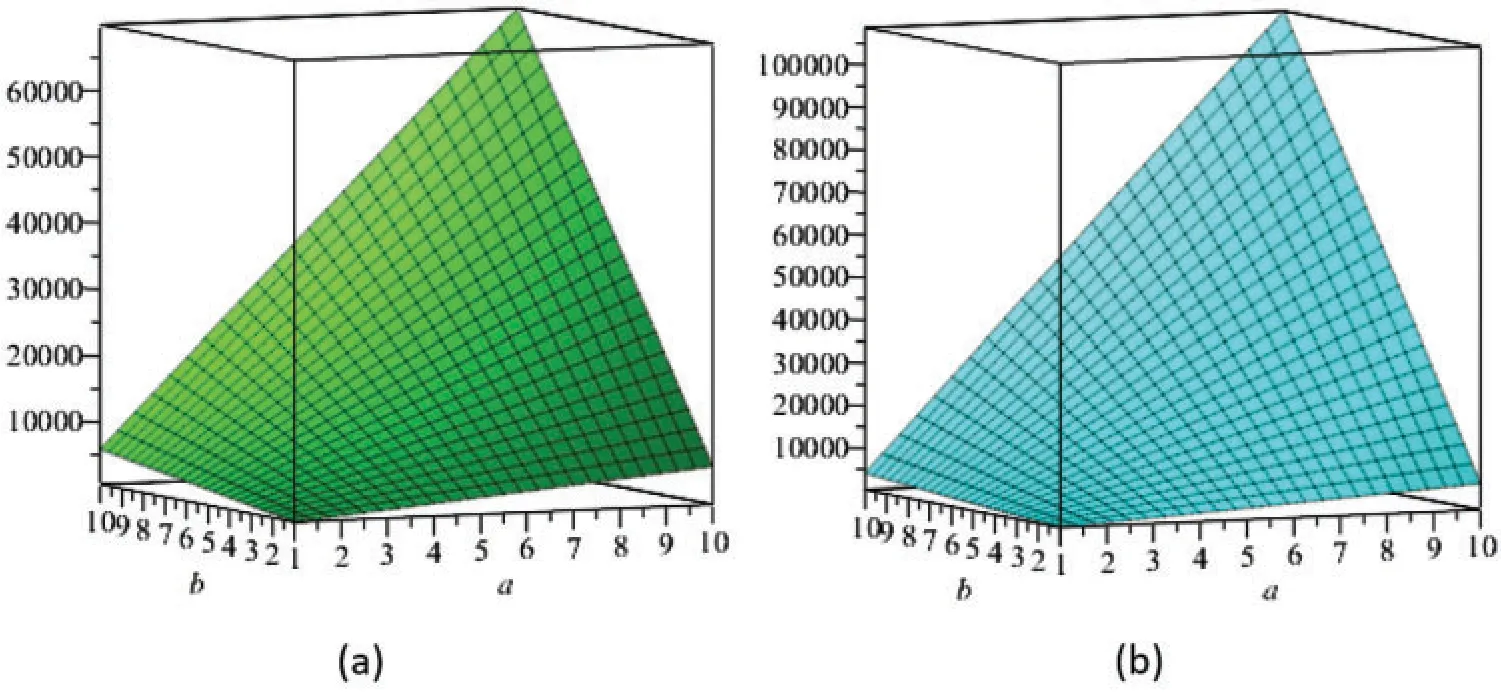
Figure 3:(a)The first ve-degree based Zagreb β index,(b)The second ve-degree based Zagreb index

Figure 4:(a)The ev-degree based Randíc index,(b)The ve-degree based Randíc index
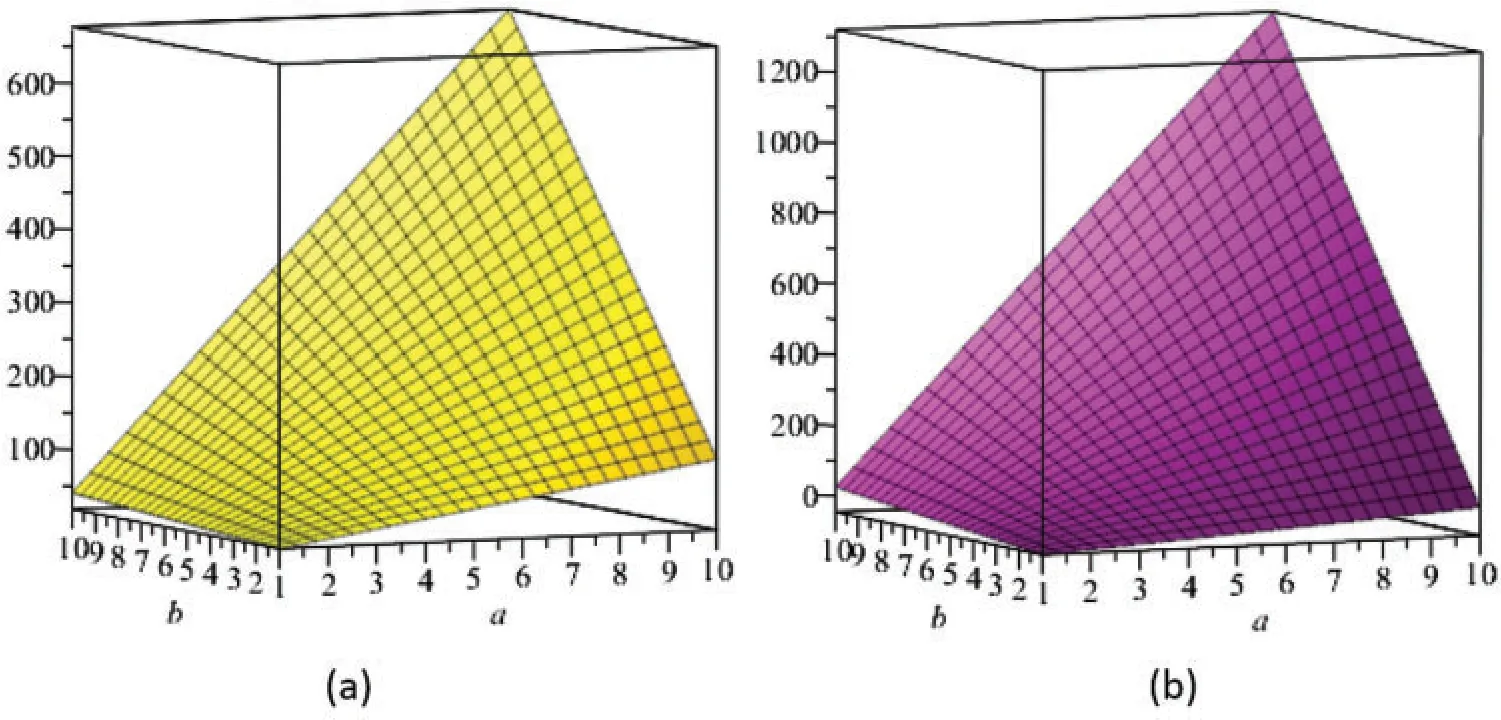
Figure 5:(a)The ve-degree based atomic-connectivity index,(b)The ve-degree based geometricarithmetic index
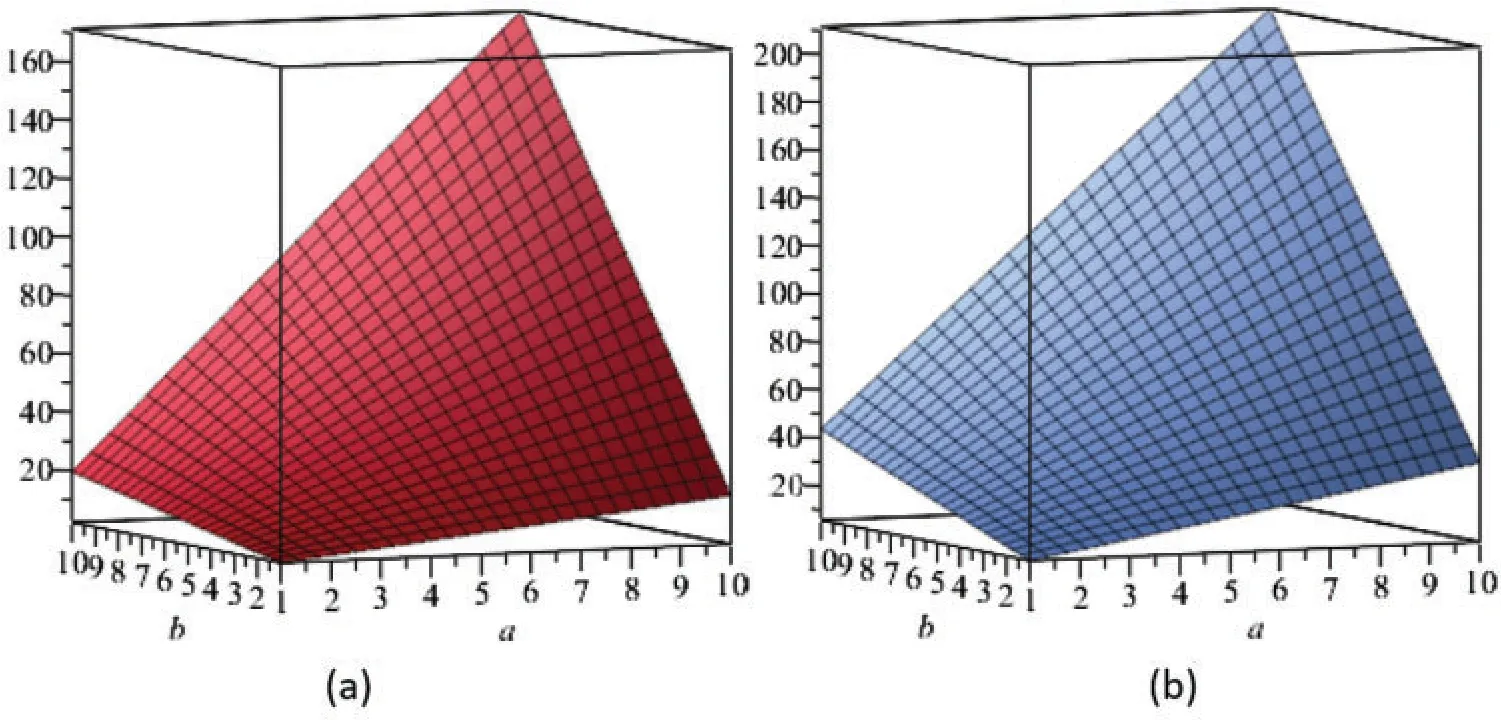
Figure 6:(a)The ve-degree based harmonic index,(b)The ve-degree based sum-connectivity index
6 Conclusion
In this article,we have provided results related to the ve-degree Zagreb alpha index,first ve-degree Zagreb beta index,second ve-degree Zagreb index,ve-degree Randíc index,ev-degree Randíc index,ve-degree atom-bond connectivity index,ve-degree geometric-arithmetic index,vedegree harmonic index and ve-degree sum-connectivity index for the two dimensional molecular structure ofSi2C3−I[a,b].Secondly,we have presented the graphical analysis of the obtained results.At the end,under some assumptions,the comparison among the values of the computed indices has been shown through graphs,see Fig.7.
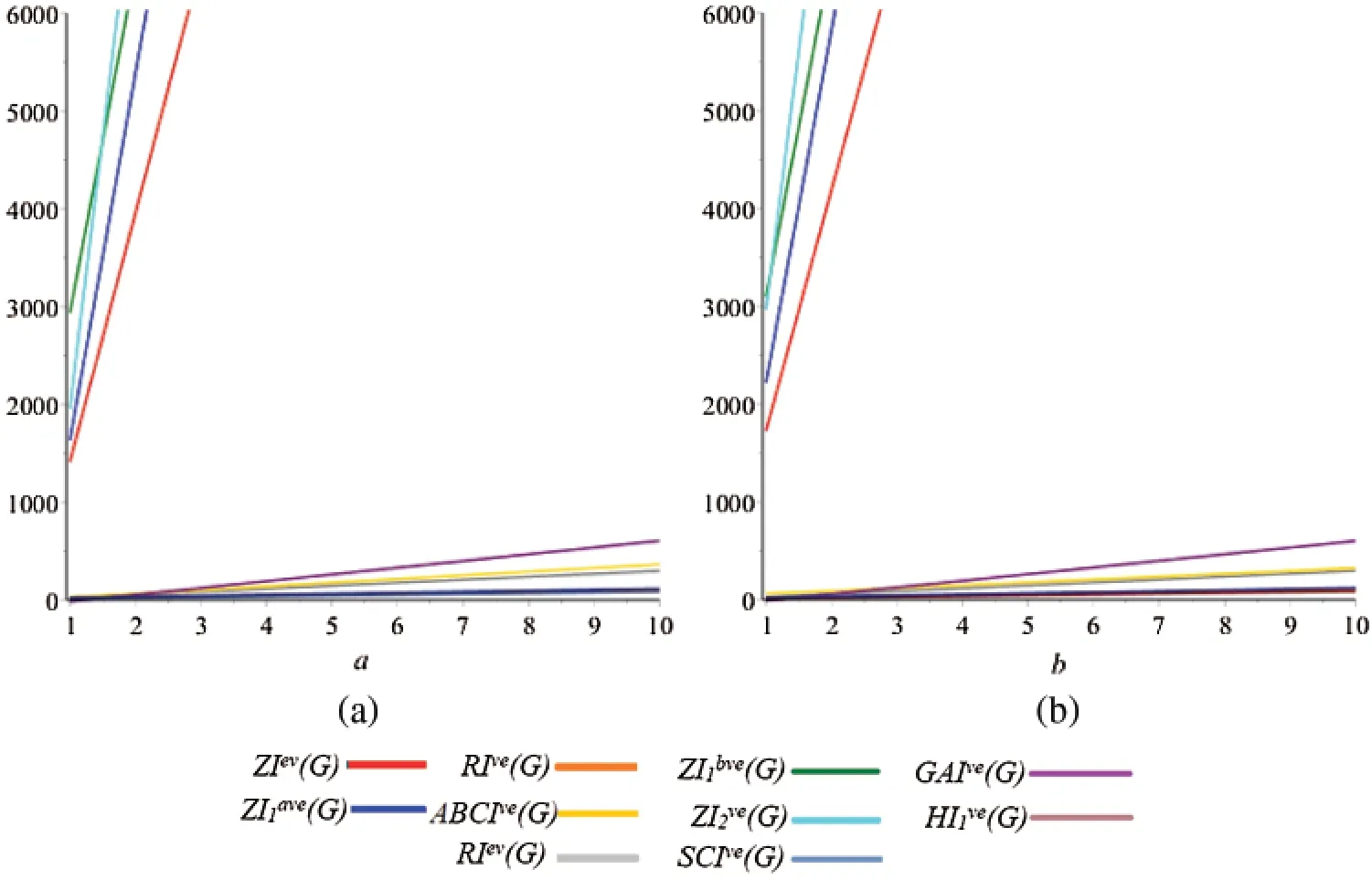
Figure 7:Comparison of indices by keeping one parameter fixed
The Fig.7 shows that,generally,there are two types of the trends in the out put of the formulae of these indices.The values of the some indices increase rapidly,whereas other values does not show rapid increase.Due to strong prediction ability of ev-degree and ve-degree based topological indices,our results and analysis have potential to play vital role in study of Silicon carbides.
Acknowledgement:All the authors are thankful to their respective institutes.
Funding Statement:This work has no external funding.
Conflicts of Interest:The authors declare that they have no conflicts of interest to report regarding the present study.
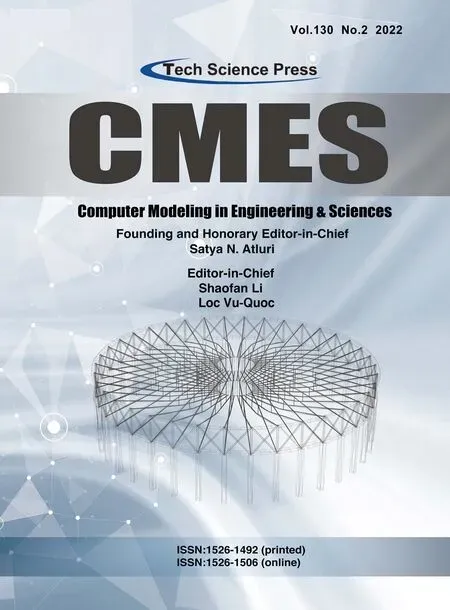 Computer Modeling In Engineering&Sciences2022年2期
Computer Modeling In Engineering&Sciences2022年2期
- Computer Modeling In Engineering&Sciences的其它文章
- A Chopper Negative-R Delta-Sigma ADC for Audio MEMS Sensors
- Human Stress Recognition from Facial Thermal-Based Signature:A Literature Survey
- The Material Deformation and Internal Structure Development of Granular Materials under Different Cyclic Loadings
- Estimating Daily Dew Point Temperature Based on Local and Cross-Station Meteorological Data Using CatBoost Algorithm
- CFD-Based Evaluation of Flow and Temperature Characteristics of Airflow in an Aircraft Cockpit
- Performance Analysis of Magnetic Nanoparticles during Targeted Drug Delivery:Application of OHAM
